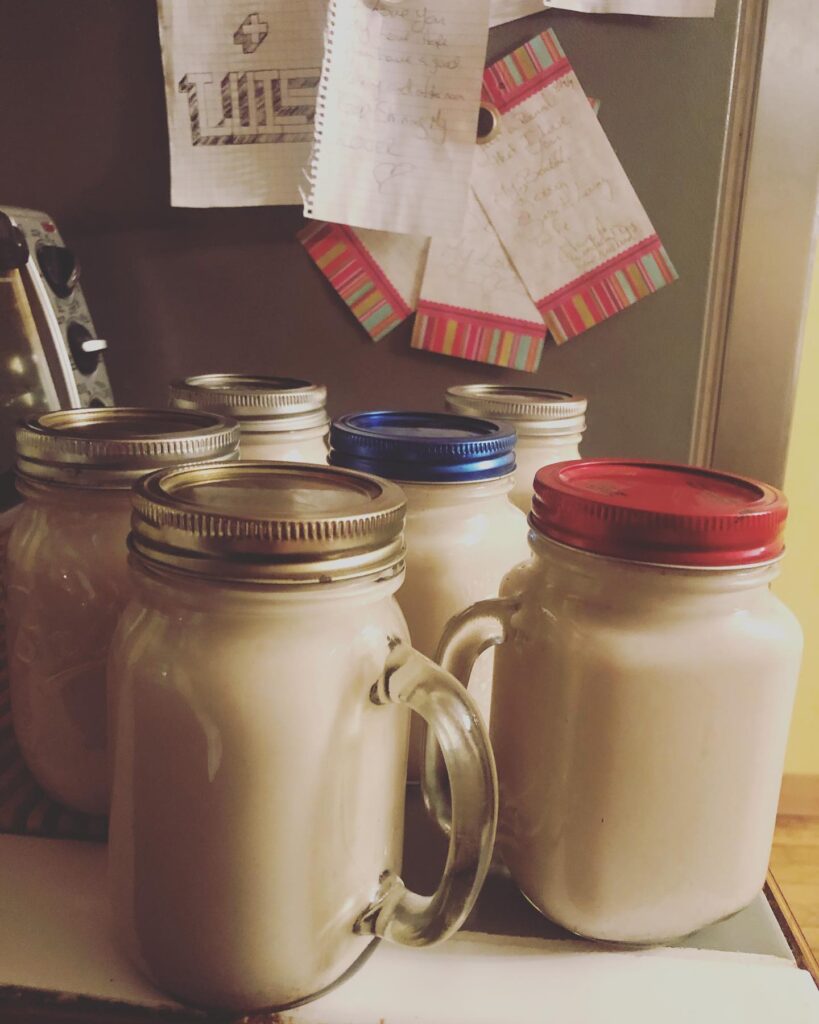“Rocks in a Jar” is a time management concept that’s been popularized by author Stephen Covey. The story goes that a philosophy professor sets a large glass jar on a table in front of his students, then proceeds to fill it with fist-sized rocks.
He asks the class, “Is the jar full?” They agree that it is. Then he produces a bowl of pebbles and pours them into the jar, filling the spaces between the rocks. He repeats his question.
Warier now, the students are less willing to agree the jar is full. The professor then pours sand into the jar, which fills the remaining space among the rocks and pebbles.
The professor concludes by telling his class that the jar represents the time each of us has in a day. The large rocks represent the most important things in life like family, health, and relationships. The pebbles constitute other important but less meaningful things like work and school. The sand represents everything else – unimportant distractions.
If we put the sand and pebbles into the jar first, there won’t be enough room to fit the larger, more important things. But if we are smart and put the rocks in first, all the less important things will naturally fall into place around them, and there will be room (and time) for everything.
It’s visually compelling, but like any metaphor, there are aspects to it that are over-simplified or carry deeper significance. Here are some things in the rocks in a jar demonstration that we should think about as we practice polyamory.
Polyamory and Rocks in a Jar
We’re inside the jar. For the demonstration, we’re on the outside looking in. The reality is that we live inside the jar. At very close range a pebble can look a lot like a rock, and it may be hard to tell when the jar is overflowing. Sand, just like at the beach, has a way of getting all over everything. Are you overcommitted? Polysaturated? To gain perspective, we have to deliberately pause, mentally separate ourselves, and make an assessment.
It’s our jar. In its rigidity and fragility, it’s an apt vessel to represent our time. We can’t expand the jar, and if we try to cram too much in we risk breaking it. We can design our polycules however we choose as long as everyone involved enthusiastically consents, however, our resources, our jars, are finite. Part of being ethical, is ensuring space for everyone.
Watch for the Kryptonite. If we’re not careful, some of the rocks and stones can turn out to be bad for us, the way Kryptonite is to Superman. Allowing them into the jar poisons everything else. Things like unhealthy relationships or unethical behaviors sap our strength and absorb time that we could otherwise devote to things or people that should matter more. Inspect closely before adding anything to the jar and ask yourself “Is this a healthy person to invest my time in or do they belong in the jar at all?”
Our jar isn’t transparent. Clear glass works well for the demonstration so students can see what is going on, but our real jar is opaque. People can’t look at us and immediately understand our priorities, wants, or needs. The only way others will know and can help support us is by what they see us do and what they hear us say. If we want healthy and happy relationships, it can help to talk about what we want and need and where our boundaries are.
They don’t show all the other jars. The demonstration is done with one jar representing one person’s time, but that’s not how polyamory works. It’s lots of people with lots of jars, and the stuff inside them interacts but doesn’t always align. What looks like sand in mine might be connected to a rather large pebble in a partner’s jar.
You can dump out the jar. However we choose to fill our jar, that’s not the end of the story; more like just one chapter. When life happens, or circumstances change, it’s ok to dump out the jar, take some time to reflect, and start again.
In fact, we should probably examine the contents of our jar regularly.
What’s in your jar?


